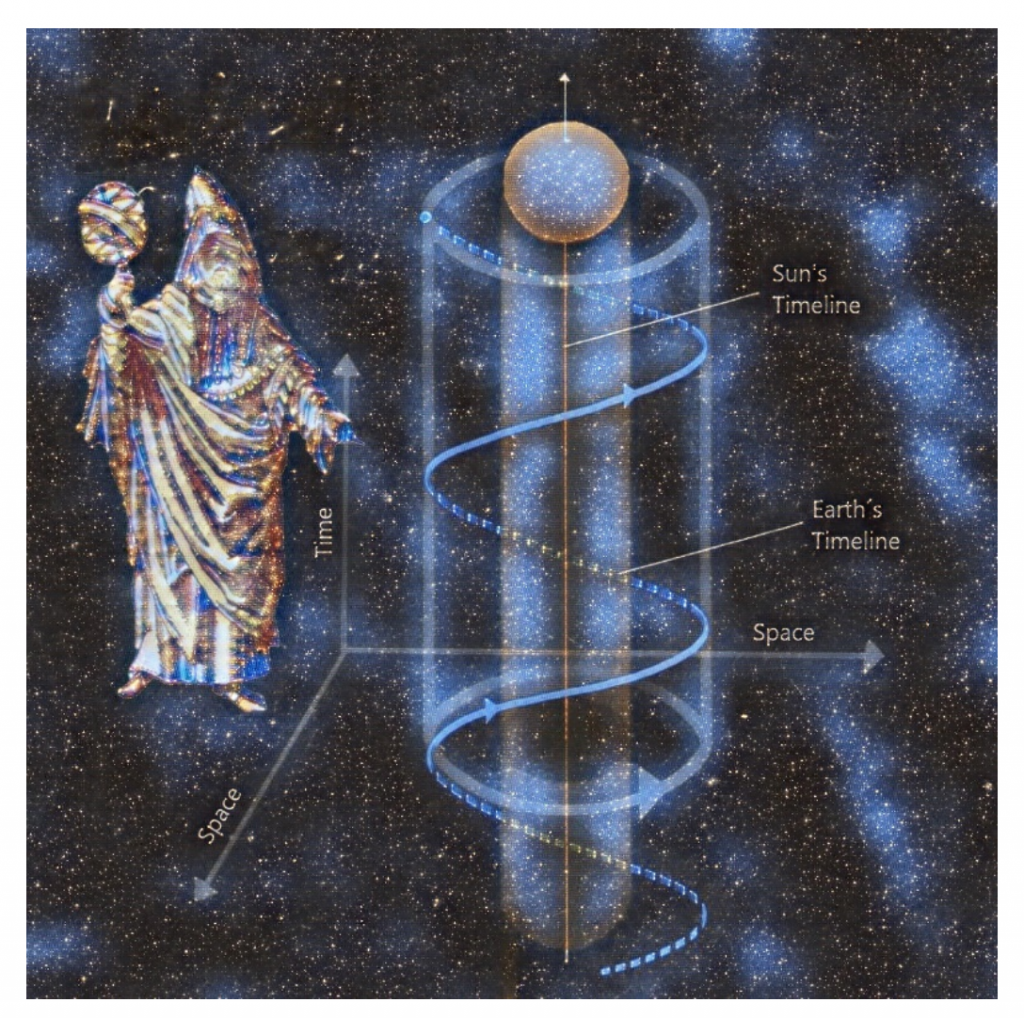
Time
The world is days away from the dawn of a new year, welcoming 2022 with a slew of fireworks and champagne toasts in a continuing pandemic.
Time is something we think about a lot, but also very little in daily life. We are constantly looking at the clock that is ticking forever, dominating our lives, pushing us forward and chasing us at the same time.
Since Kant, we have known that sooner or later, philosophical research always comes out on time. What we can know, who we are and how we (should) live together is determined by the relation to time.
Time in poetry
Li Young Lee said about his poem Big Clock: “It is an attempt, I suppose, to understand time—the nature of time—and it seems to me that each of these stanzas is a figure of time on the one hand and on the other hand a figure for eternity.
When the big clock at the train station stopped,
the leaves kept falling,
the trains kept running,
my mother’s hair kept growing longer and blacker,
and my father’s body kept filling up with time.
I can’t see the year on the station’s calendar.
We slept under the stopped hands of the clock
until morning, when a man entered carrying a ladder.
He climbed up to the clock’s face and opened it with a key.
No one but he knew what he saw.
Below him, the mortal faces went on passing
toward all compass points.
People went on crossing borders,
buying tickets in one time zone and setting foot in another.
Crossing thresholds: sleep to waking and back,
waiting room to moving train and back,
war zone to safe zone and back.
Crossing between gain and loss:
learning new words for the world and the things in it.
Forgetting old words for the heart and the things in it.
And collecting words in a different language
for those three primary colors:
staying, leaving, and returning.
And only the man at the top of the ladder
understood what he saw behind the face
which was neither smiling nor frowning.
And my father’s body went on filling up with death
until it reached the highest etched mark
of his eyes and spilled into mine.
And my mother’s hair goes on
never reaching the earth.
Art and time
Art has the ability to distort time; slow down, freeze, or travel through. That is precisely why art offers a framework within which we can look at time. I am reading a very interesting book by Shaharee Vyaas called: ‘Time in art‘.

Brazilian artist of Néle Azevedo carved thousands of figures out of ice. She placed them on city steps and left them in the sun to melt. Although the work was originally created for a different purpose, Azevedo embraced the fact that people also saw it as a comment on the issue global warming and the melting of the polar ice caps over the coming years. Without the use of time, and a little help from the sun. (Vyaas, Shaharee. Time in Art (p. 34))

Space and time are the two concepts with which we describe our physical existence in the universe. There is, however, a dissociation between these two concepts: We can perceive space more or less directly, but we cannot perceive time. This is evidenced by the way we think about time, namely, through spatial metaphors. One of them is music. Music can make time go by slower or faster and it can even create the experience that time disappears. It can lead to the impression that a period of time has had a shorter or longer duration than it actually had, writes Vyaas.
Human perspective
The human perspective of time may not be exclusively biological, but rather shaped by our culture and era. The Amondawa tribe in the Amazon, for example, has no word for “time” – which some say means they don’t have a notion of time as a framework in which events occur. (There are debates over whether this is purely a linguistic argument, or whether they really do perceive time differently.)
Well they have no word for “time”, or of time periods such as “month” or “year”.The people do not refer to their ages, but rather assume different names in different stages of their lives or as they achieve different statuses within the community.
One aspect of time perception many of us share is how we think of our own past: as a kind of giant video library, an archive we can dip into to retrieve records of events in our lives.
But psychologists have demonstrated that autobiographical memory is not like that at all. Most of us forget far more than we remember, sometimes forgetting events that happened at all, despite others’ insistence that we were there. On occasion, even the reminder does nothing to jog our memories, writes Claudia Hammond for the BBC in her article ‘What we get wrong about time’.
Meanwhile, time does feel as though it’s going more slowly if you are bored or feeling lonely. As Pliny the Younger wrote in 105, “The happier the time, the shorter it seems.”

Painting: Time delay between the blue triple – Semih Turan Tunca




